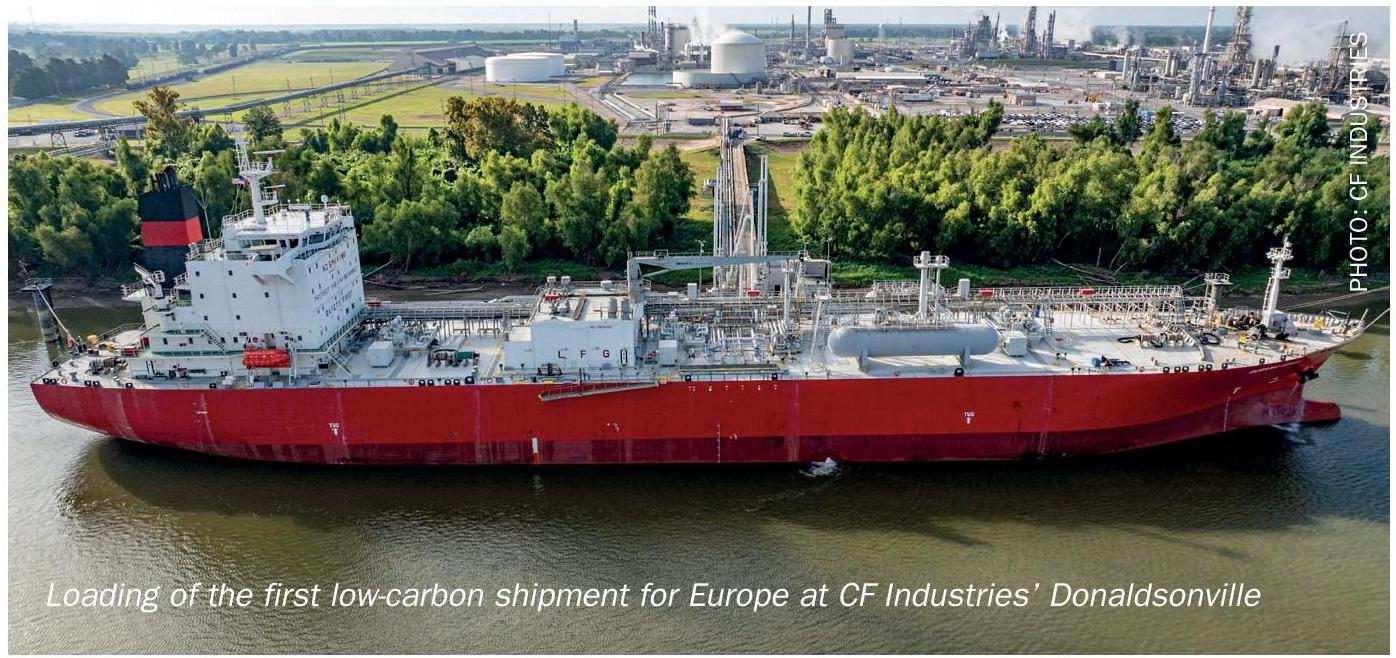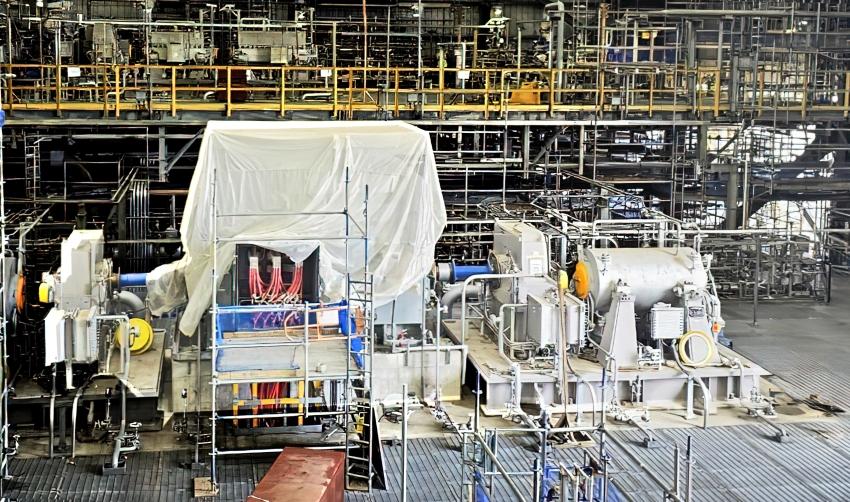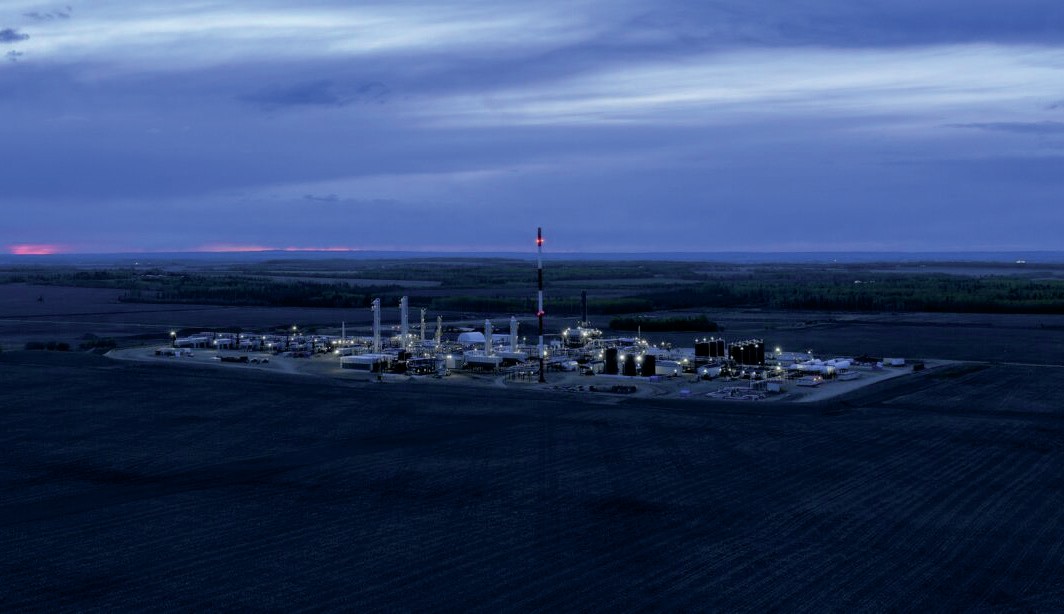Sulphur 412 May-Jun 2024

31 May 2024
TSI World Sulphur Symposium 2024
CONFERENCE REPORT
TSI World Sulphur Symposium 2024
The Sulphur Institute (TSI) held its World Sulphur Symposium in Charleston from April 2nd to 4th.

The Sulphur Institute’s annual World Sulphur Symposium moved to the handsome southern city of Charleston, South Carolina in early April, bringing together more than 130 delegates from the sulphur and sulphuric acid industries to look at the prospects for those industries.
Global economic outlook
Dr. Georgy Egorov presented the global economic outlook. The past few years has seen some longer term trends emerge such as reshoring of overseas production, more fragmented markets and greater political risk, and uncertainty as regards the future of the EU, World Trade Organisation and Chinese economy – the Chinese economic ‘miracle’ seems definitively over.
In the short term, the world has recovered from the covid-induced recession. Inflation is high but falling, down to 4.1 % in the EU and 2.8% in the US, and stock markets have recovered and are growing. However, the evolution of multiple crises in Ukraine, the Middle East and Southeast Asia raises the potential for ‘black swan’ events. Energy and commodity prices have come down from their 2022 peaks but are still at elevated levels. The world is adapting to new realities, though the high price of gold is not a sign of confidence. Politically, populism and protectionism are on the rise and anti-globalisation has become mainstream, leading to supply chain risks, and the rise of ‘nearshoring’.
Growth projections are for 3.1-3.2% globally, with emerging markets at 4-5% and developed economies 1.5-1.8%. Trade levels are higher than pre-pandemic levels but falling, with price differentials widening globally for some products. Overall, we are seeing a riskier, more fragmented world.
Oil and gas outlook
Mason Hamilton of the American Petroleum Institute presented his view of oil and gas markets. These have seen a rearrangement since 2022 – a disruption even greater than that of 2008-09. The US now supplies more oil and gas as OPEC has reduced supply and Russian gas is no longer going to Europe.
On the oil side the OECD has seen refinery closures since 2020, with new capacity coming onstream in Asia and the Middle East. The US has lost 1.3 million bbl/d of desulphurisation capacity during that period. Uncertainties remain over the path to so-called ‘net zero’, on policy, technology and economics with a wide variety in forecasts based on the underlying assumptions, which often do not include mineral or material constraints. The IEA’s scenarios could see refining capacity roughly level out to 2050, or down to less than half its current value. What seems incontrovertible is that world energy demand is growing. There are demographic shifts, though migration will likely compensate for this in North America and Europe.
Lithium and metals markets
Dr. Rene LeBlanc forecast that there is a lithium supply gap ahead, from around 2027 onwards. This year almost 85% of global lithium output will be for battery production, with China dominating demand. However, Chinese lithium production costs are towards the top of the curve, meaning that there is an opportunity for new and emerging US lithium producers. Margins are currently good even at ‘low’ lithium prices.
Sulphur could play a key role in onshoring lithium production. Recovering metals takes 6 tonnes of acid per tonne of lithium cathode equivalent (LCE) from sedimentary rocks, and 3 tonnes/tonne LCE for hard rock. Cathode production also requires electrolyte grade sulphuric acid, producing sodium sulphate by-product.
Freight markets
The past few years have seen extremely volatile freight markets, peaking in 2021 and again in mid-2022, the former due to the recovery from covid and the latter because of the invasion of Ukraine. In 2023 new crises and disruptions have emerged, with drought affecting the Panama Canal and Houthi attacks on the Red Sea affecting routes via the Suez Canal. Panama traffic has been down more than 30% and only lower draft ships are able to pass, with slots being auctioned and higher freight rates as a result, pricing out many dry bulk cargoes, which have seen transits down 50%. Suez transits are down 65% in February 2024 compared to December 2023, and in March that increased to 72% down compared to December 2023. Avoiding Suez adds an extra 4-7,000 miles to a round trip. As a result container rates have tripled from March 2023 to March 2024. This has been coupled with higher low sulphur fuel oil prices, up 15%. Vessel supply is still tight, with historically low growth to fleets up to 2025. Climate change could continue to affect the Panama Canal going forward, leading to seasonal congestion and delays.
Supply chains
Two papers looked at supply chains. Dr Rachel Meidl of the Baker Institute for Public Policy discussed ‘a systems perspective for navigating the complexities of sustainability and a circular economy’. The need for new minerals will lead to a fivefold increase in lithium demand and a doubling in nickel demand by 2050, she said. Sustainability and energy transitions will look different everywhere, but infrastructure and supply chains matter, the latter point borne out by Christ Sawchuk of Hackett Group, who looked at supply chain diversification and resiliency. The impact of the covid pandemic and sanctions on Russia has revealed vulnerabilities in supply chains, he said, and he reported on a series of benchmarking studies conducted by Hackett.
Sulphur fertilizers
Peter Harrison of CRU rehearsed the needs for and benefits of sulphur as a fertilizer. Peak sulphur deposition from smelters and coal burning power plants was the 1970s for Europe and North America, but this figure was actually closer to 2010 for China. These atmospheric deposition levels continue to fall, including from 2020 onwards for emissions from global shipping. This is contributing to a continuing sulphur deficit of more than 50% worldwide; around 20-30% in North America and Europe, but up to 60% in South Asia, and as high as 90% in sub-Saharan Africa. But increased awareness of this and application of sulphur fertilizer is leading to a slow and steady reduction.
In terms of agronomy, the timing of application of fertilizer can be more important than volume, and there can be a maximum impact according to the ratio of sulphur to other nutrients. The leading sulphur containing fertilizer continues to be ammonium sulphate (AS), along with single superphosphate (SSP) in the Middle East, North Africa, East Asia and South America, and NPS in South Asia. China relies upon AS, consuming around 65% of it, but NPS is developing rapidly in the US, Brazil and Africa, and substituting for mono- and diammonium phosphate.
The current sulphur deficit in North America is around 460,000 tonnes S per year. If this were fulfilled by ammonium sulphate it would represent an additional 1.9 million t/a of AS, a 45% increase on current demand, or an additional 5.5 million t/a of NPS (an increase of 250%).
Sulphur, acid and phosphate markets
Claira Lloyd of Argus closed the conference with a run through of phosphate, sulphur and sulphuric acid markets. Sulphur capacity growth is coming mainly from the oil sector at present, and sour gas to an extent, mainly in China, the Middle East (especially the UAE) and southeast Asia, including Malaysia, Indonesia and Thailand. There are also some production losses, due to refinery closures in Europe and elsewhere. New consumption is mainly for phosphoric acid for MAP/DAP production, but also LFP. There is also considerable demand from the metal sector, particularly nickel. Metals consumption could reach 22.9 million tonnes S by 2029. Lithium iron phosphate will be responsible for an additional 4 million t/a of purified phosphoric acid demand by 2029, but faces hurdles outside China.
In terms of sulphur trade, most of it is represented by demand in China, Morocco, Indonesia, Brazil and India. China’s imports are shrinking and will shrink further, while Indonesia’s demand is growing rapidly for nickel HPAL production. But Morocco may by the biggest importer by 2029 for phosphate production. Middle Eastern exports are rising, and North American exports falling.
On the acid side, the proportion of acid coming from sulphur burning is increasing, with new capacity in Africa, both Morocco and the Copper Belt, and southeast Asia. Indonesia is seeing growth in both smelter acid as well as sulphur burning acid capacity. Capacity losses have been in Australia and Lithuania. Market drivers include a reduction in merchant trade due to more integrated sulphur burning operations, lower demand from Chilean copper mining and more sulphur burners in Africa, with China becoming a swing exporter. New acid capacity in India, both from smelting and sulphur burning, will see India become a net exporter. Looking forward, battery recycling is becoming more important, and around 75% of this is based on sulphuric acid. This could add an additional 20 million t/a of acid demand by 2040. There is potentially a supply gas for acid from 2031 unless new capacity is added.
Finally, in the phosphate market, mine closures are forecast in North America, Israel and Australasia, leading to a 7% loss in rock output. Finished phosphate demand growth is projected to slow from 2026, with reduced consumption from China, balanced somewhat by new demand in South America and new capacity in Morocco and India. Chinese export restrictions will remain in place, leading to limited exports in Q1 and Q4 2024. Sanctions on Russia have altered the trade in phosphates, with Russian DAP now travelling to India and MAP to Brazil. The crisis in the Red Sea has affected phosphate rock and phosphoric acid supplies from North Africa to Asia, leading to lower affordability in e.g. India.






